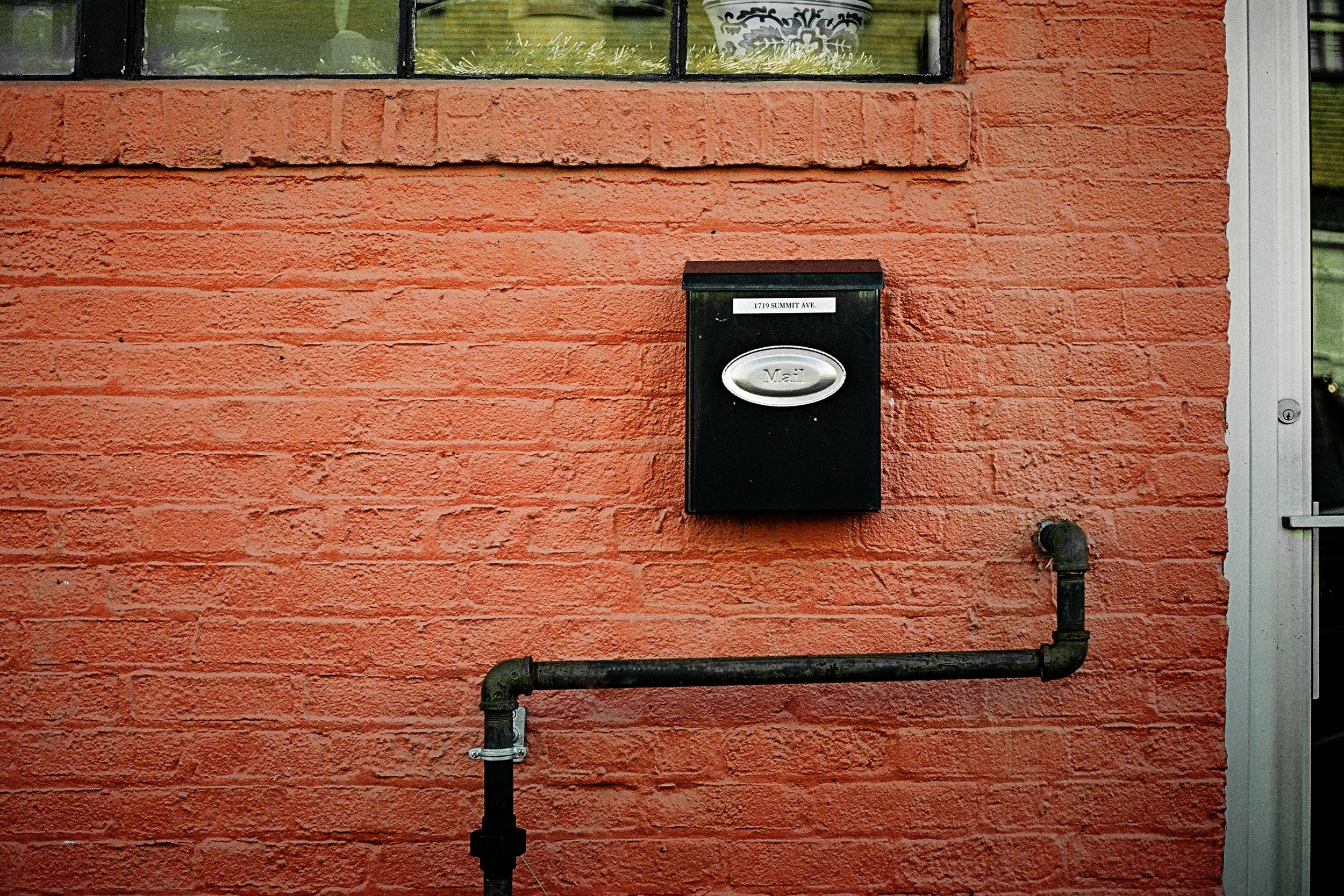Badly Repaired Car | Olympus om-1, Kodak portra 400
One Picture/One Paragraph
On Sally Mann. And ambiguity. And what it is about pictures that we love. And how we take pictures that convey emotion. Sometimes there is a confluence of events that set my direction and my depth. The meaning of my work. A friend wrote to ask about how we make pictures that evoke feeling. In response, I thought about how making pictures of things that we are passionate about translates into pictures that pull the viewer in. My friend Kate sent along a link to a video, Sally Mann in “Place.” She knew I would love the video, and she was right. In Sally’s words, “If it doesn’t have ambiguity, don’t bother to take it.” For Sally, there has to be some degree of peculiarity or the subject and scene simply are not interesting to her, at least not interesting enough for a photograph worthy of her time and attention. Sally likens her aesthetic to that of a magpie, taking advantage of what is readily available—in the case of this video, she is photographing dog bones (the kind dogs love to chew, not those that compose the skeleton). I love that she talked about making art just for fun, too, without some overarching theme or profound statement. I pass this car, with the blue painter’s tape along the widows and seams, every week on my way to physical therapy. It’s not far from the medical complex, and without fail, it catches my attention. I wonder if the car is abandoned. Is the tape there to keep rain and snow out? Is it there to repair some damage? Hold things together? I do not know. I only know that this is the kind of picture that I care about. How things can be broken and still loved, purposeful, meaningful, worthy.







